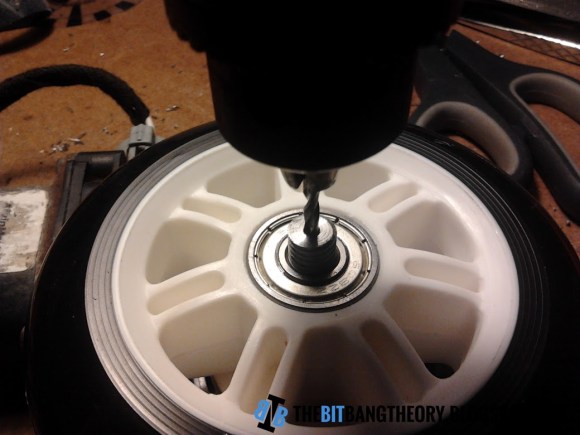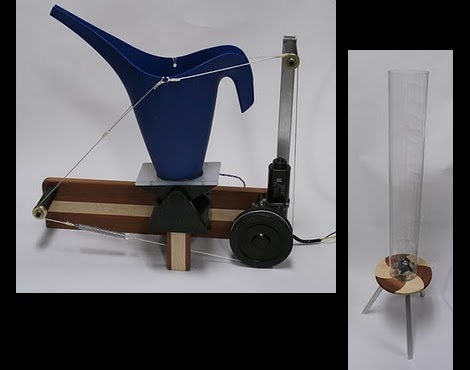There are a lot of common phrases that no longer mean what they used to. For example, you may have used the term “turn on the lights.” What are you actually turning? Where does this come from? Old gas lights had a valve that you did physically turn, and the phrase simply stuck around. Kids of the 90s have no idea why they “dial” a phone number. What about “roll up the car window”? You don’t often encounter old-fashioned car doors with manual locks or a crank to roll up the window. These days it is all electronic. But have you ever wondered what’s going on inside there?
Let’s take a look at car doors, how they keep you safe, and how that sheet of glass slides into place, sealing against wind, rain, and noise. Of course, there are fancy car doors like suicide doors or sexy-but-impractical gull wing doors. At least one concept car even has a door that disappears under the vehicle when it opens; check out the video below. But even garden-variety doors are marvels of mechanical engineering. A compact structure that is secure and — mostly — reliable. Let’s look at how they do that.














